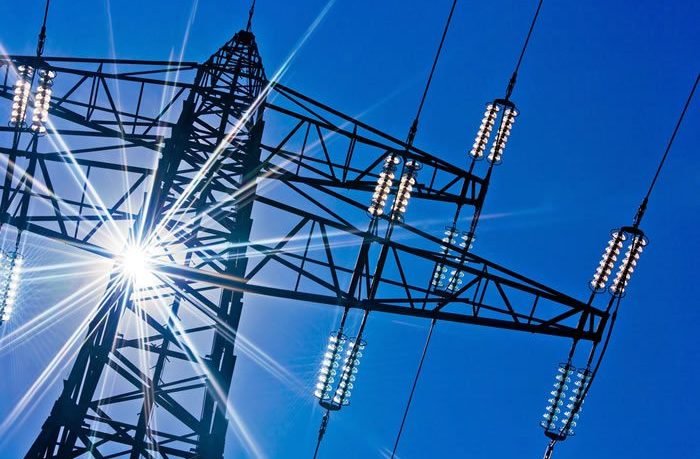- Eskom announced the separation of transmission, generation and distribution units in early February 2019 in in a bid to improve its operational and financial performance. Read more
- In February this year Eskom announced that on 17 December 2021, the legally binding merger agreement, pursuant to which Eskom will transfer its Transmission division to its wholly-owned subsidiary, National Transmission Company South Africa SOC Limited (“NTCSA”), was executed.
- The merger agreement gives effect to the transfer of the Transmission division to NTCSA subject to the satisfaction of certain suspensive conditions, which include, but are not limited to, Eskom obtaining all applicable creditor consents.
- Eskom recorded debt of R392.1 billion in 2021 and incurred R16.6 billion in finance costs to service the debt. Read more
- All of Eskom’s existing debt facilities (including its bonds) will remain on its balance sheet following the transfer of the Transmission division to NTCSA.
- But the new NTCSA can only borrow on the back of its indebted parent.
Bloomberg reports that South Africa’s plan to create a power transmission company that will attract the investment needed to strengthen the national grid has been hobbled by its restrictive debt arrangements with parent Eskom Holdings, two people familiar with the situation have said.
Under the plan to separate the unit, which Eskom presented to its creditors on 10 June, the national power utility will extend a R39.9 billion loan to the National Transmission Company of South Africa (NTCSA). That funding will be guaranteed by the NTCSA’s assets if Eskom, which is R396 billion in debt, doesn’t meet its own obligations.
Eskom’s board will also approve an annual borrowing plan for the transmission company that will take the form of inter-company loans, the utility said in its presentation. Additional borrowing will need to be approved by Eskom.
The plan protects Eskom’s creditors by ensuring that NTCSA can’t ignore its obligations to the utility while paying its own debts. Still, it hampers the transmission company, which will derive revenue by charging separate tariffs, from forming partnerships with private companies to strengthen and expand the grid, said a creditor and an adviser familiar with the terms, who spoke on condition of anonymity because the discussions aren’t public.
“Creditors at the Eskom holdings level don’t want to lose the security,” said Vuyo Ntoi, co-managing director of Old Mutual’s African Infrastructure Investment Managers, which has invested in renewable energy plants in South Africa. “It will be a challenge if the transmission company can’t take on additional debt.”
Eskom has previously estimated that R180 billion needs to be invested in transmission and distribution networks to take advantage of the country’s renewable energy potential.
Author: Bryan Groenendaal
Source: Bloomberg















